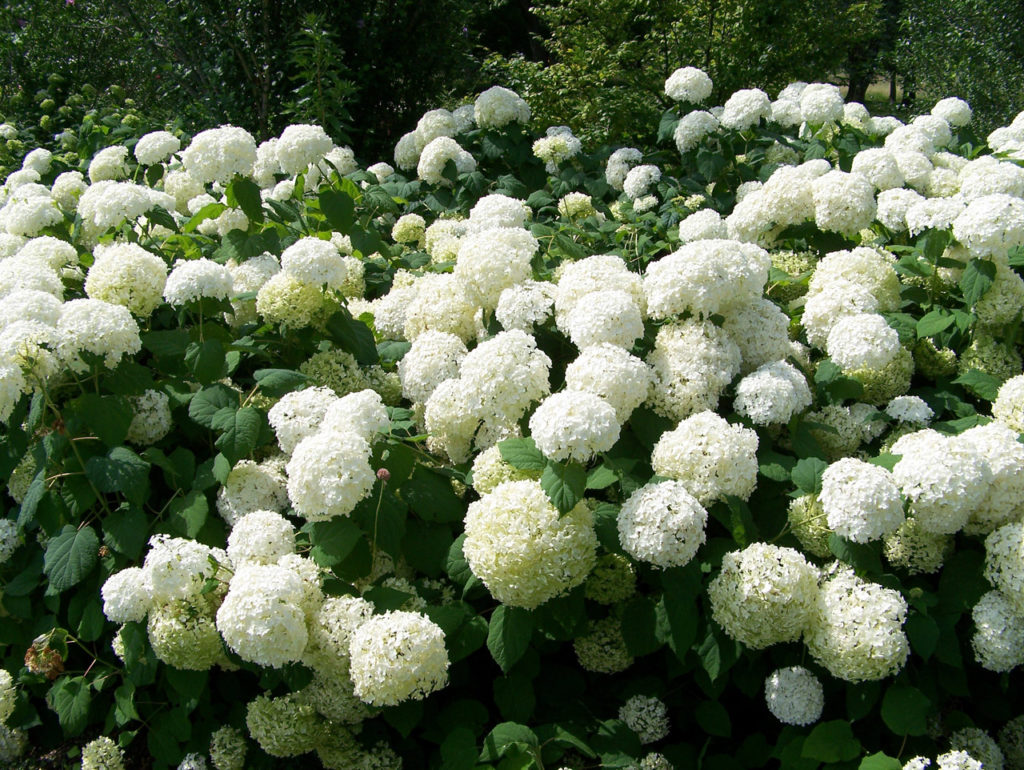Viburnums
go.ncsu.edu/readext?667254
en Español / em Português
El inglés es el idioma de control de esta página. En la medida en que haya algún conflicto entre la traducción al inglés y la traducción, el inglés prevalece.
Al hacer clic en el enlace de traducción se activa un servicio de traducción gratuito para convertir la página al español. Al igual que con cualquier traducción por Internet, la conversión no es sensible al contexto y puede que no traduzca el texto en su significado original. NC State Extension no garantiza la exactitud del texto traducido. Por favor, tenga en cuenta que algunas aplicaciones y/o servicios pueden no funcionar como se espera cuando se traducen.
Português
Inglês é o idioma de controle desta página. Na medida que haja algum conflito entre o texto original em Inglês e a tradução, o Inglês prevalece.
Ao clicar no link de tradução, um serviço gratuito de tradução será ativado para converter a página para o Português. Como em qualquer tradução pela internet, a conversão não é sensivel ao contexto e pode não ocorrer a tradução para o significado orginal. O serviço de Extensão da Carolina do Norte (NC State Extension) não garante a exatidão do texto traduzido. Por favor, observe que algumas funções ou serviços podem não funcionar como esperado após a tradução.
English
English is the controlling language of this page. To the extent there is any conflict between the English text and the translation, English controls.
Clicking on the translation link activates a free translation service to convert the page to Spanish. As with any Internet translation, the conversion is not context-sensitive and may not translate the text to its original meaning. NC State Extension does not guarantee the accuracy of the translated text. Please note that some applications and/or services may not function as expected when translated.
Collapse ▲One of my favorite groups of plants is the genus Viburnum. This group of plants includes natives and plants there were introduced to America from Asia, as well as many cultivars. The group includes around 150 species, with the many cultivars bumping that number even higher. There are deciduous and evergreens and sizes range from around 3’ up to 30+ feet in height. They bring color and texture to the garden and many serve as host plants for butterfly larvae and provide berries that attract birds and mammals to the garden. Most have little to no serious insect or disease problems making them an excellent plant for the garden.
Leatherleaf Viburnum, though not a native, is one that is at the top of my list. It is an evergreen with coarse texture. It has dark lustrous leathery leaves that are hairy and gray to brownish on the bottom of the leaf. The leaf is one you need to touch to feel the wonderful rough texture of the upper leaf surface. Because of this, it is often used in sensory gardens.
The Judd viburnum is a hybrid cross that is deciduous with a full, rounded habit with a mature height of 6-8’. This plant has the most wonderful fragrant flowers in early spring. At my home in Virginia, I had this planted outside my bedroom window so the scent could float into the room when it was blooming.
Chinese Snowball viburnum is a popular viburnum for its showy snowball-like flowers that are 3-8” in diameter and appear in May-June. Here in Southern Piedmont, this plant is usually semi-evergreen. Though the flowers are not fragrant, the plant can be a show-stopper when it is covered in bloom.
Chindo viburnum is an evergreen introduced by J. C. Raulston that he discovered in a schoolyard on Chindo Island, Korea. I have recently planted five of these in my garden to provide screening from the street. They seem to be relatively fast growers and can reach up to 20’ tall. The leaves remind me of a smaller version of magnolia leaves but are softer to the touch. Once my plants are bigger, I look forward to using the greenery for holiday decorations.
This is just a few of the many species of Viburnum that are available at local garden centers and nurseries. To learn more about the many Viburnums, visit the NC Extension Gardener Plant Toolbox.





